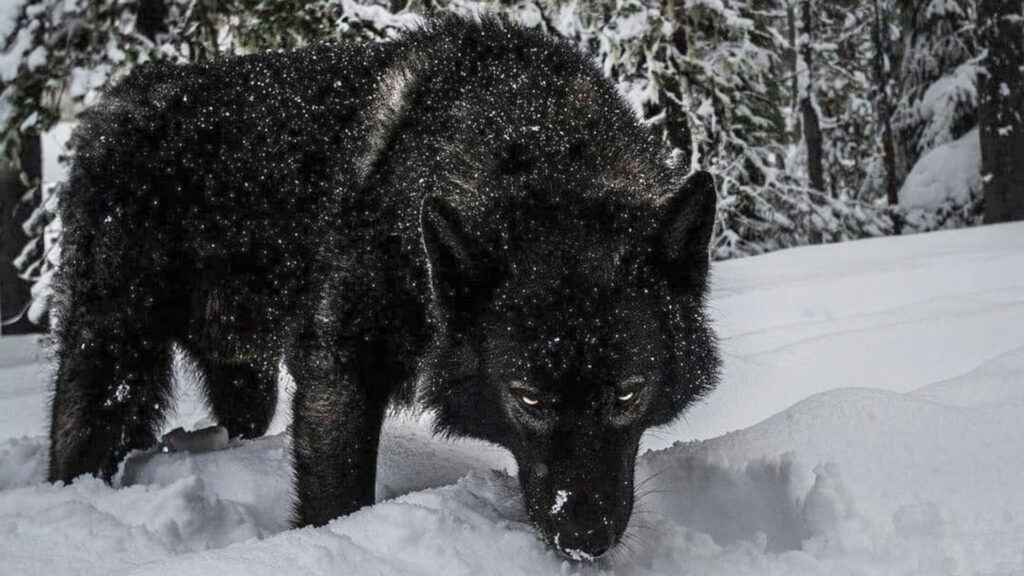
The American black wolf, a striking color variant of the gray wolf, captivates wildlife enthusiasts and researchers alike. With its deep black coat, piercing eyes, and powerful presence, the black wolf embodies mystery and elegance. This article explores the fascinating traits, history, and ecological significance of this rare forest wonder.
1. Black Wolves: A Color Variant, Not a Species
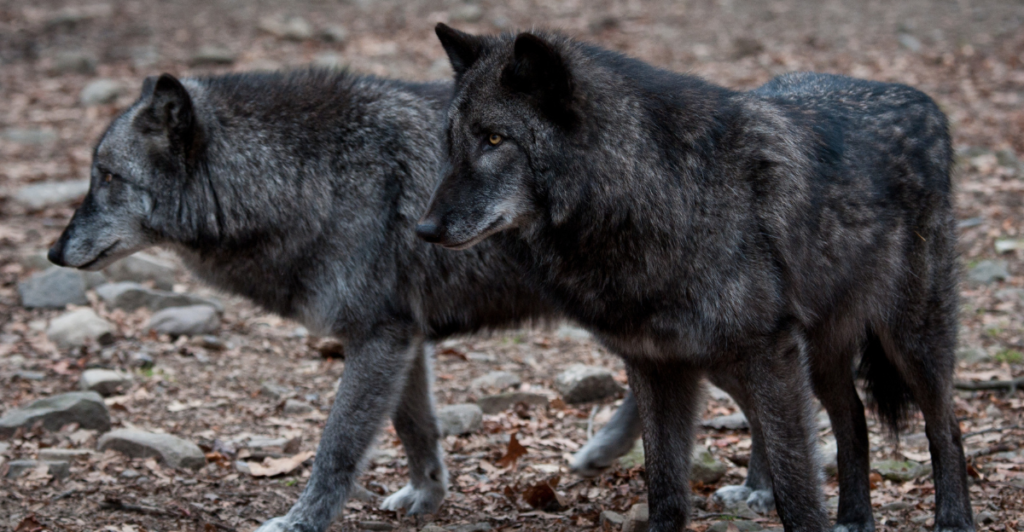
Black wolves are not a separate species but a genetic variation of the gray wolf (Canis lupus). Their dark coats result from a mutation that increases melanin production. Despite their unique appearance, black wolves share identical behaviors, biology, and pack dynamics with gray wolves.
2. The Genetic Origins of the Black Coat
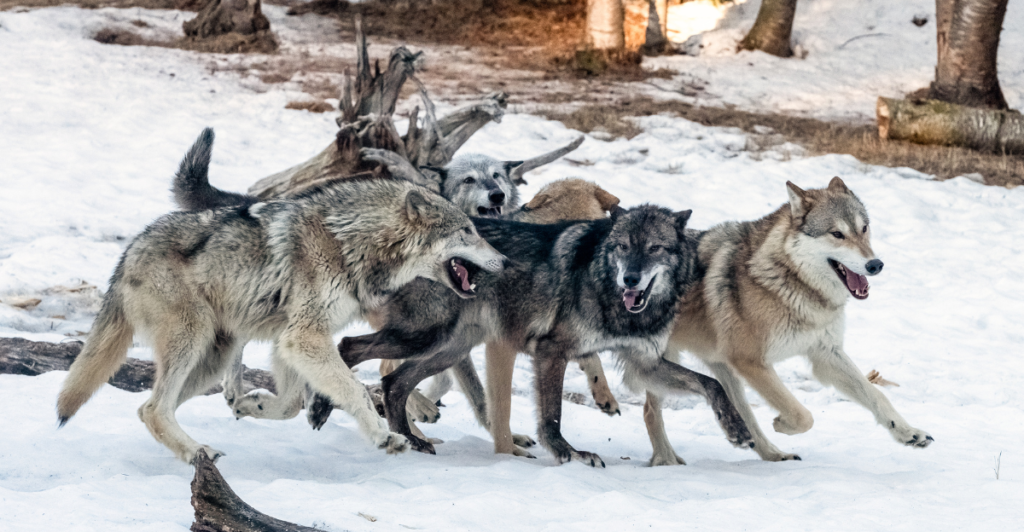
The black wolf’s coat traces back to an ancient mutation in the K locus gene, which produces melanin. Thousands of years ago, interbreeding with domestic dogs brought by humans introduced this trait into wolf populations. This fascinating genetic legacy links black wolves to both wild and domestic ancestors.
3. Thriving in Forested Habitats
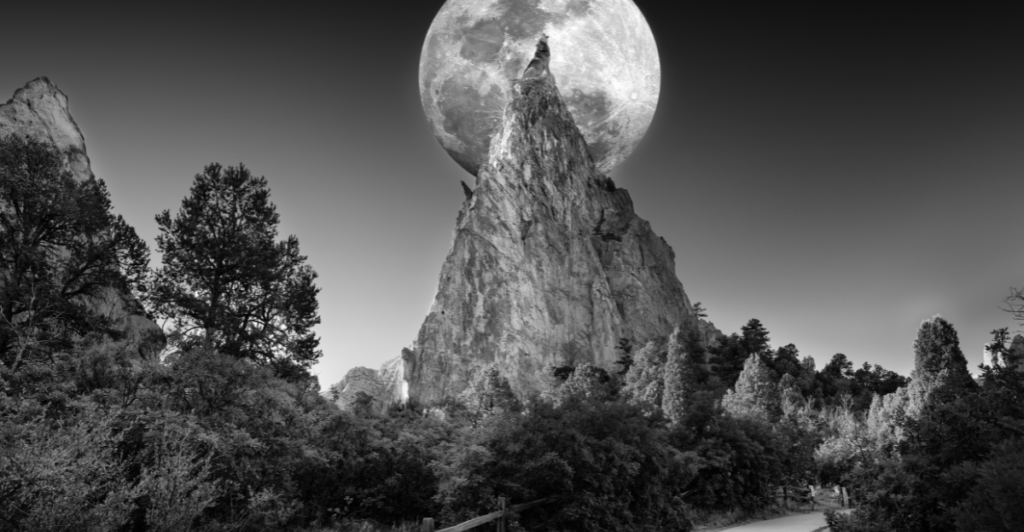
Black wolves are most commonly found in North America’s forested and mountainous regions, including Alaska, Canada, and Yellowstone National Park. Their dark coats blend seamlessly into wooded environments, providing excellent camouflage. Though they also inhabit tundras and grasslands, forests remain their primary domain.
4. Survival Advantages of a Dark Coat
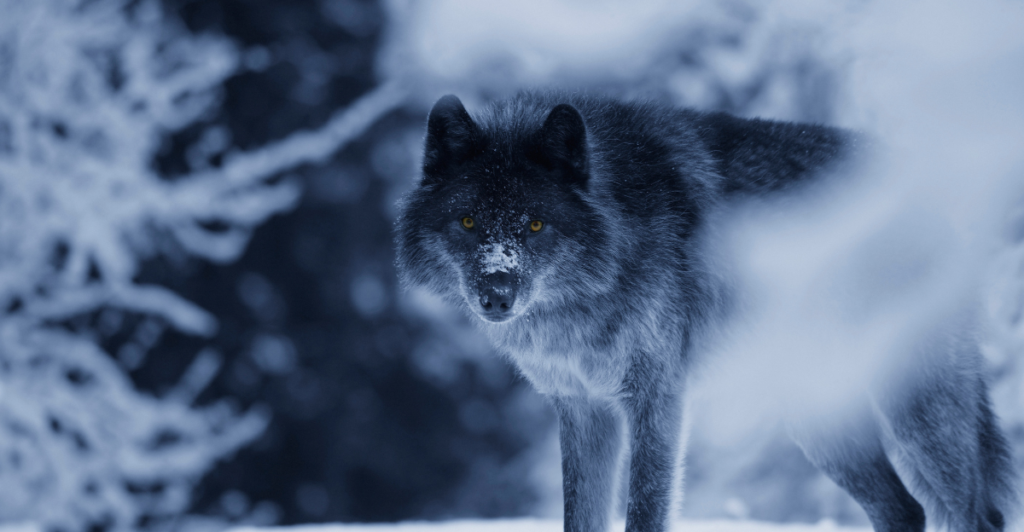
The black coat of these wolves offers more than aesthetic appeal. In forested areas, it aids in concealment from both prey and predators. Additionally, research suggests that black wolves possess stronger immune systems due to the same gene responsible for their dark fur, providing a survival edge.
5. A Unique Link to Domestic Dogs
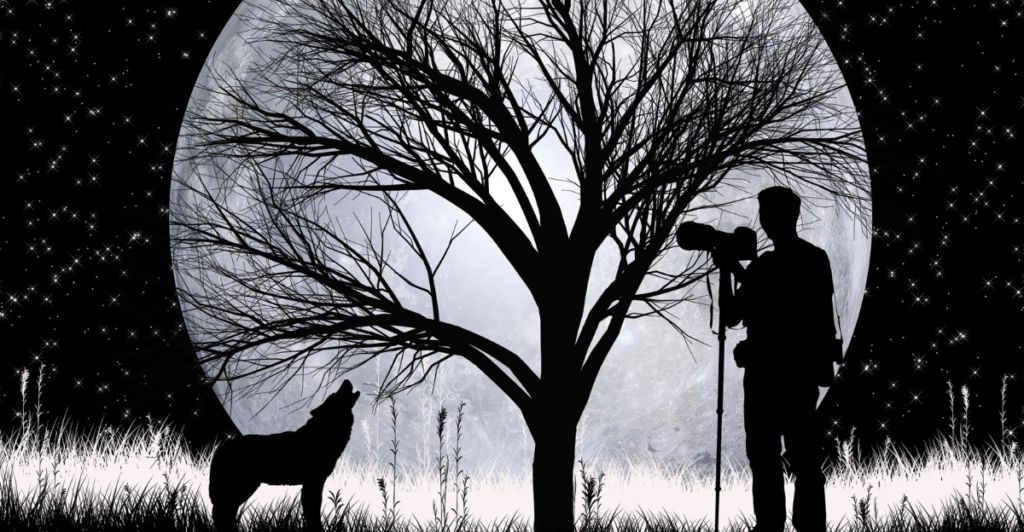
The black wolf’s genetic makeup includes DNA from ancient domesticated dogs, highlighting a deep connection between humans and wolves. While this shared lineage ties them to domestic canines, black wolves remain untamed and wild, embodying the spirit of their species.
6. Majestic Physical Characteristics
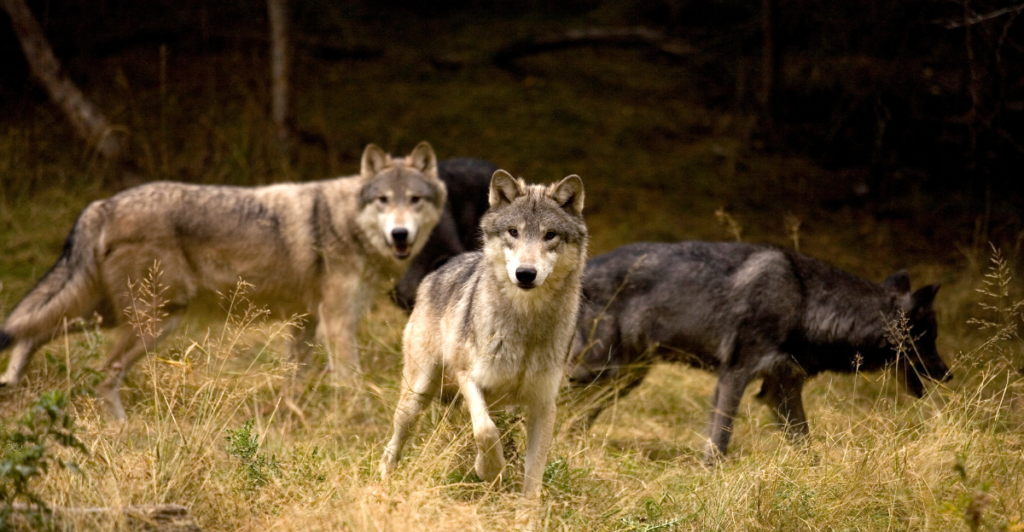
Black wolves mirror the physical build of other gray wolves, with a height of 26 to 32 inches at the shoulder and a weight ranging from 70 to 150 pounds. Their defining feature is their black coat, which may develop silver or gray streaks with age. Paired with amber or yellow eyes, they exude elegance and power.
7. Are Black Wolves Dangerous?
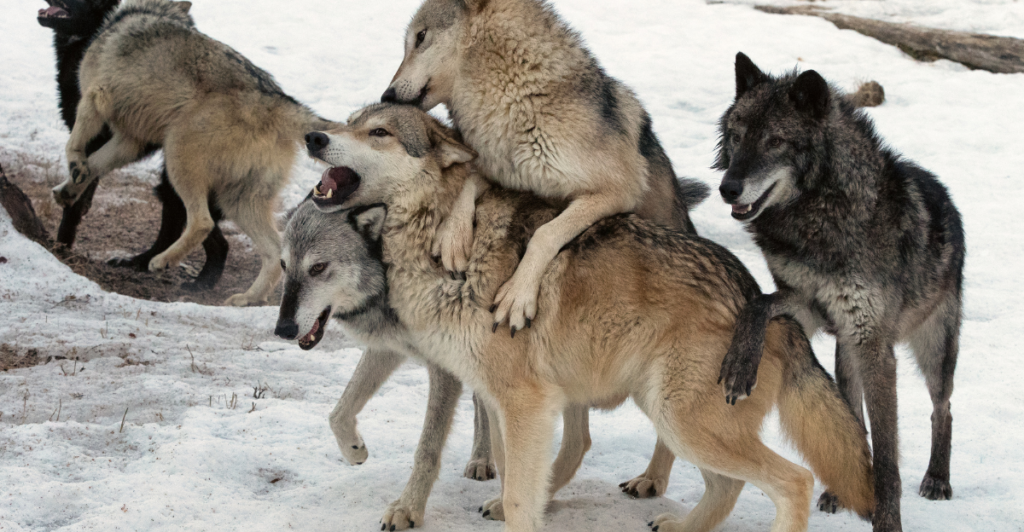
Despite being apex predators capable of hunting large prey, black wolves, like their gray counterparts, are wary of humans and avoid confrontation. Attacks on humans are exceedingly rare. As long as their habitats are respected, black wolves pose no threat.
8. Ecological Importance of Black Wolves
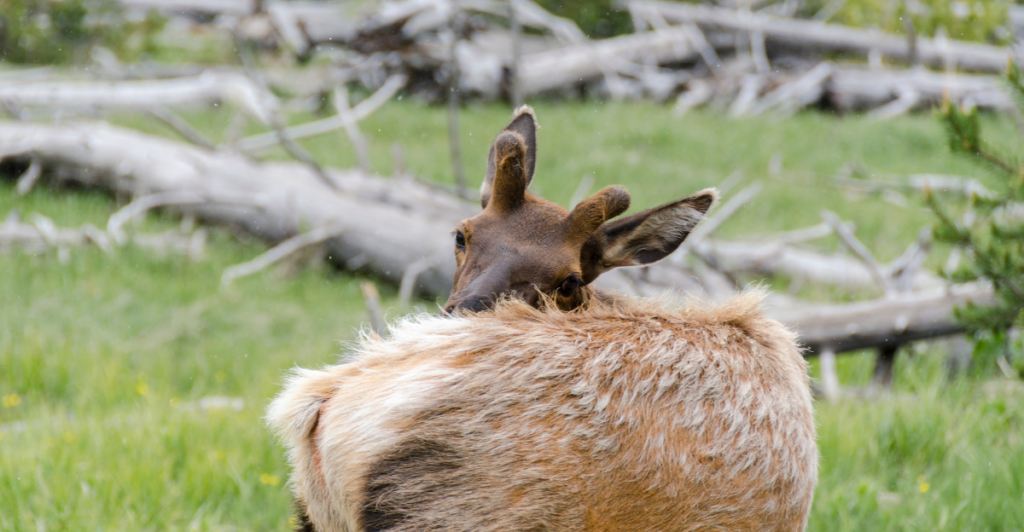
Black wolves play a critical role in ecosystems by regulating prey populations, such as deer and elk. Their presence helps prevent overgrazing, promoting healthier forests and grasslands. In Yellowstone National Park, black wolves have significantly contributed to biodiversity and landscape restoration.
9. Black Wolves in Mythology and Culture
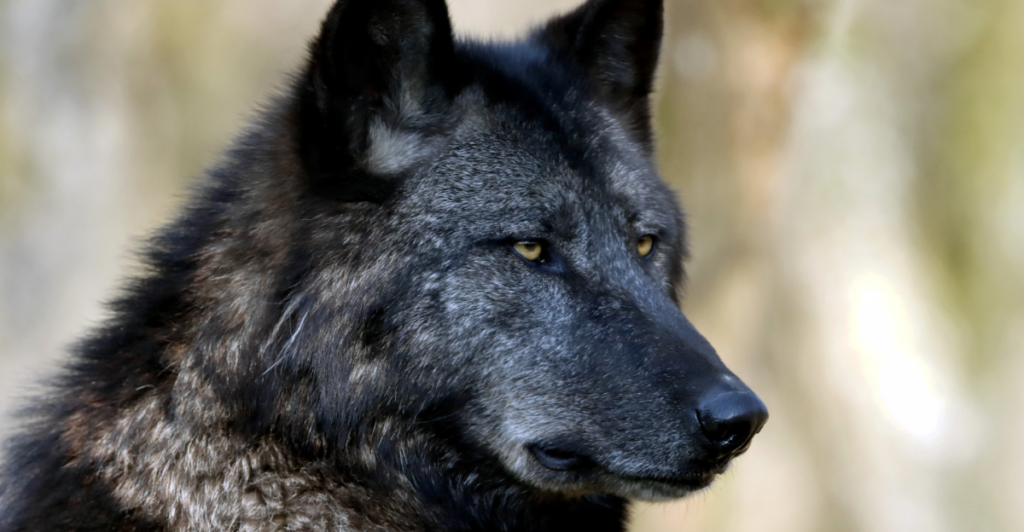
Steeped in folklore, black wolves symbolize protection and transformation in some Native American traditions. Within packs, their striking appearance often elevates them to leadership roles. Representing only 5–10% of North American wolves, they remain a rare and awe-inspiring sight.
10. Why Are Black Wolves Rare?
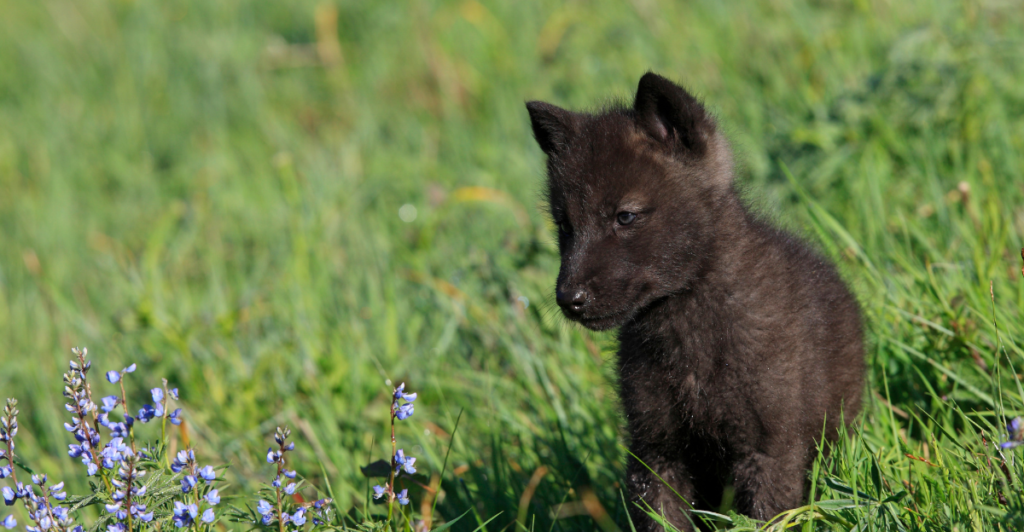
A 2013 study found that black-coated female wolves have 25% fewer surviving pups than gray-coated females, reducing the gene’s prevalence. This lower reproductive success contributes to the rarity of black wolves in the wild.
11. Key Differences Between Black and Gray Wolves
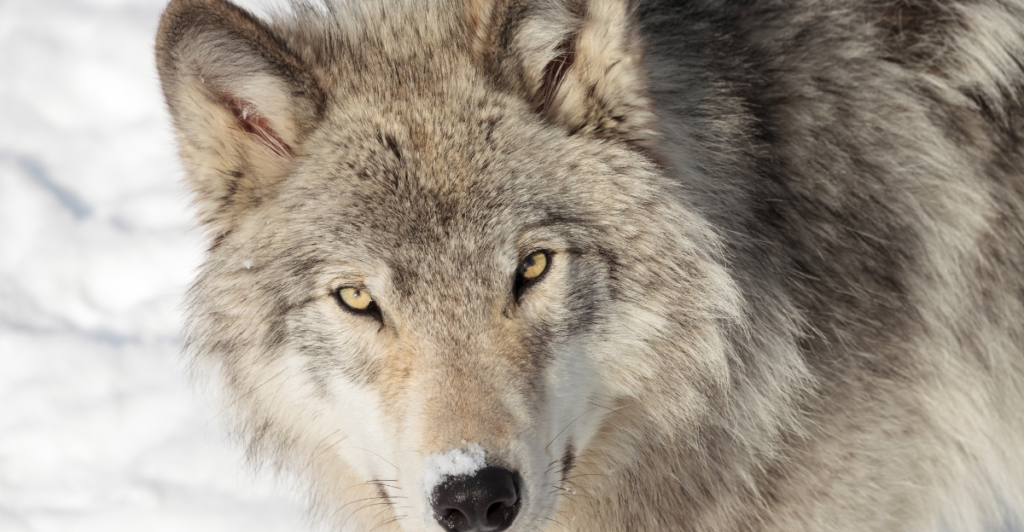
Research reveals that gray wolves are generally more aggressive than black wolves, likely due to differences in cortisol levels. However, black wolves exhibit higher survival rates during distemper outbreaks, showcasing unique resilience.
12. Conservation Challenges Facing Black Wolves
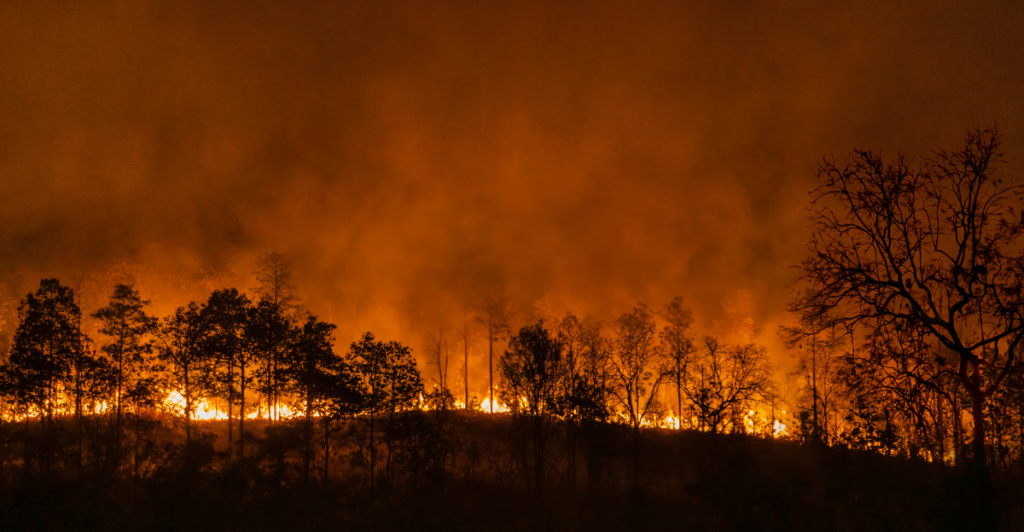
Like gray wolves, black wolves face threats from habitat loss, human-wildlife conflicts, and hunting. Conservation efforts, such as those in Yellowstone, have helped stabilize some populations, but continued protection is crucial to preserve these ecological keystone predators.
From their genetic origins to their role in ecosystems, black wolves remain one of nature’s most fascinating creatures. Their striking appearance, resilience, and ecological importance highlight the need for continued admiration and conservation of this rare forest marvel.
Discover more of our trending stories and follow us to keep them appearing in your feed

11 Strongest Animals On Earth and Where to Find Them
12 Bold Animals That Have No Fear of Predators – Nature’s Underrated Fighters
Tips for Bringing an Outside Cat Inside Before the Winter Comes
Best 14 Dog Breeds to Terrify Intruders
Stay connected with us for more stories like this! Follow us to get the latest updates or hit the Follow button at the top of this article, and let us know what you think by leaving your feedback below. We’d love to hear from you!







